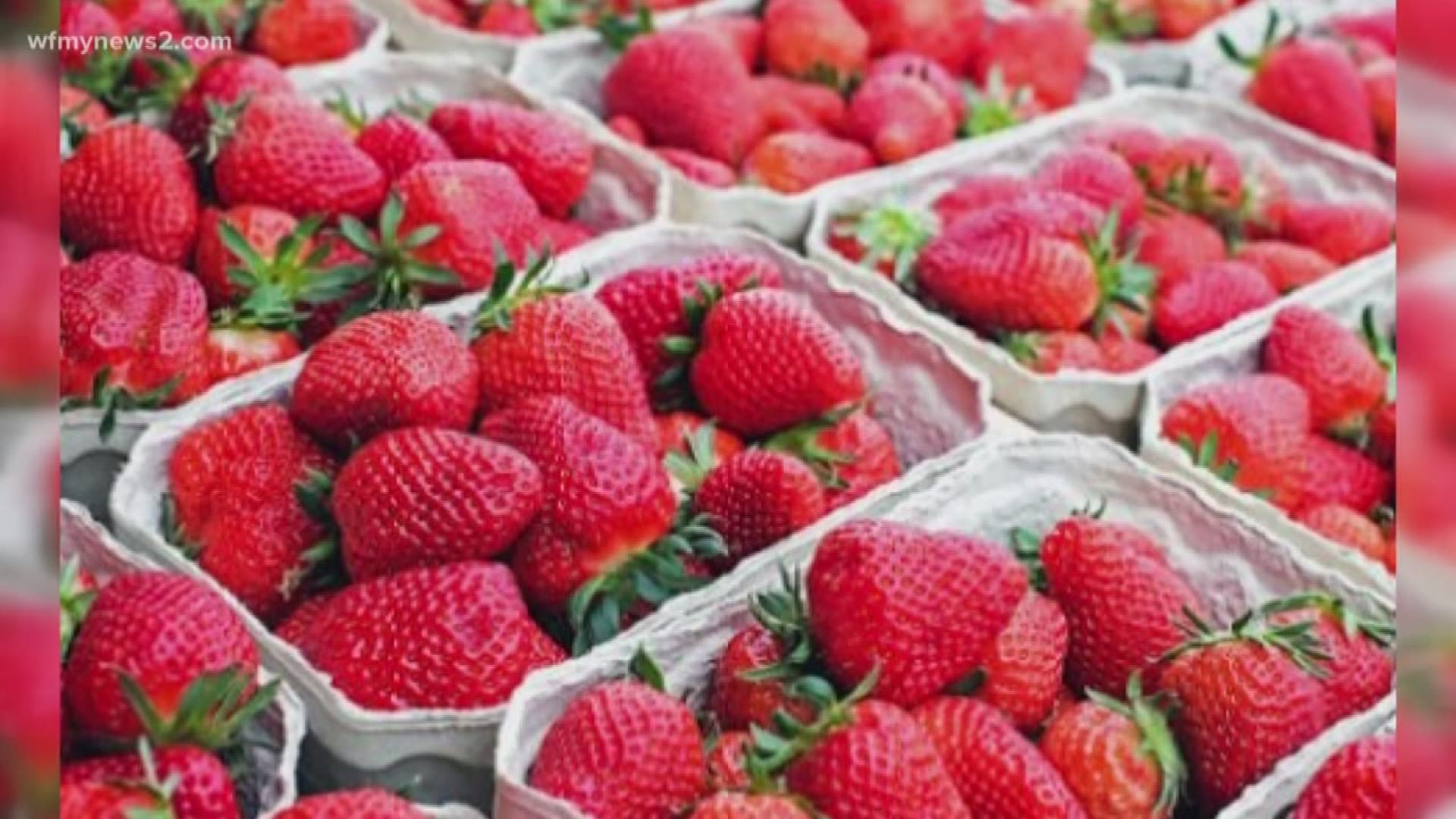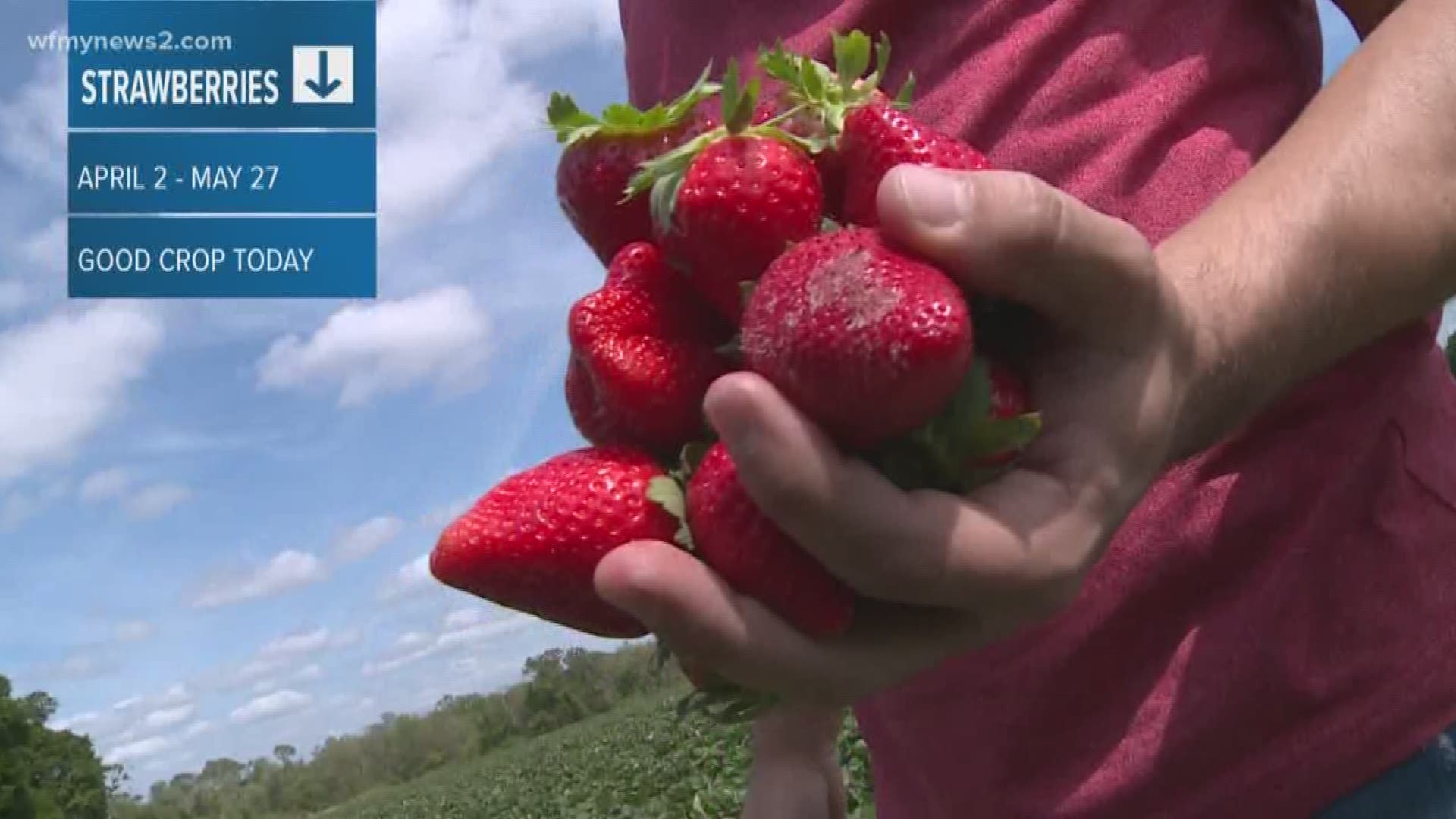GREENSBORO, N.C. — Strawberries typically are juicy and abundant during springtime in the Triad, as North Carolina is the fourth-largest producer of strawberries in the country.
But, if strawberries are overly-plentiful in your refrigerator, you'd better eat them fast--before they mold.
VERIFY QUESTION
Is it safe to wash off mold from strawberries and eat them? And, is it safe to eat non-moldy strawberries that have touched moldy strawberries?
VERIFY SOURCES
- U.S. Dept. of Agriculture Food Safety Information
- Still Tasty Shelf Life Blog
- Joan Rudd - Rudd Farm, Brown Summit
VERIFY PROCESS
The USDA explains a little mold on hard fruits and vegetables, like apples, cabbage and carrots, is OK. You can cut off at least one inch around and below the mold, wash and then eat the fruit or vegetable.
But, the same is not true for soft fruits and vegetables, including strawberries. Soft fruits and vegetables have high moisture content, so the mold can penetrate below the surface. That means moldy strawberries belong in the trash.
As for non-moldy strawberries in the same container at moldy strawberries, Still Tasty suggests tossing the berries that directly touch the moldy ones. Then, take a close look at the remaining berries. If they show no signs of mold and are not overly mushy, it should be safe to wash and eat them. But, when in doubt, throw them out.
Rudd said if berries are stored properly, they should not mold. Once you purchase them, put them in an airtight container and do not cap or wash them until you are ready to eat them. They should last up to a week in the refrigerator. That said, strawberry season is short-lived. Rudd said wet and hot weather have made the crop limited this season -- so much so, her farm is not allowing customers to pick their own berries this year.
VERIFY CONCLUSION
It is not advisable to eat moldy strawberries or strawberries that touch their moldy counterparts. Strawberries that show no signs of mold and aren't mushy most likely are OK to eat.


